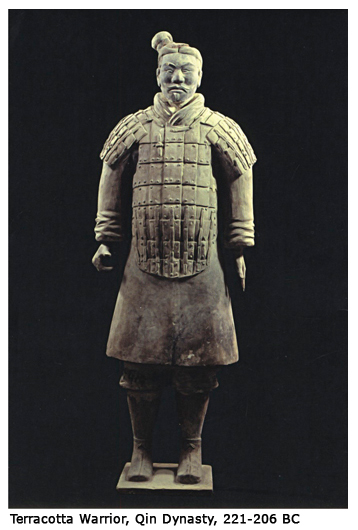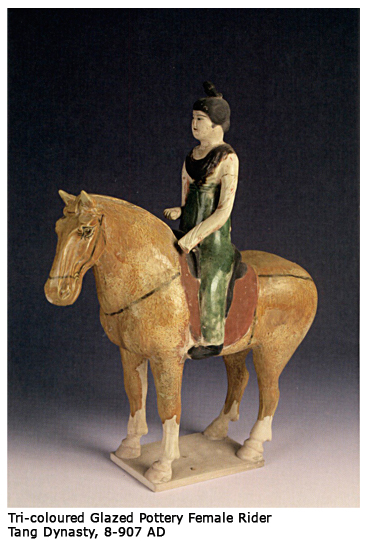- Publisher's Note
- Editorial
- In Conversation with Kanishka Raja
- Definitional Lack in an Inclusive World: Cutting Edge as Responsible Art
- Democratization Through Cutting Edge Art
- Mumbai for Cutting Edge
- Moments in Time (And a Little While After)
- In Transition
- Tip of Our Times
- Srishti School of Art, Design and Technology – A Cradle for Creative Excellence
- Cutting the Edges of Architecture
- Overview Cutting Edge
- The Matter Within: New Contemporary Art of India Featuring Photography, Sculpture and Video
- Generation in Transition: New Art from India
- Indian Master Painters at India Art Festival
- Life, Luxury & the Avant-Garde
- Mother India: The Goddess in Indian Painting
- The Last Harvest: Paintings of Rabindranath Tagore
- Asia Society Museum Presents Exhibition of Rabindranath Tagore's Paintings and Drawings
- Stieglitz and his Artists: Matisse to O'Keeffee
- Beauty of Unguarded Moments
- Across Times, Across Borders: A Report on the Chinese Art Exhibition
- A Summer in Paris
- Random Strokes
- The Emperor’s New Clothes and What It Really Means
- Understanding Versus Adulation
- What Happened and What’s Forthcoming
- Occupy Wall Street, The New Economic Depression And Populist Art
- Unconventional with Witty Undertones
- Narratives of Common Life and Allegorical Tales In Traditional and Modern Forms the Best of Kalighat 'Pats'
- Colours of the Desert
- Unbound
- I Am Here, An Exhibition of Video Self Portraits at Jaaga
- Staging Selves: Power, Performativity & Portraiture
- Venice Biennale Outreach Programme A Circle of Making I and II
- Cartography of Narratives, Contemplations on Time
- Joseph Kosuth: The Mind's Image of Itself #3' A Play of Architecture and the Mind
- Maharaja: Reminiscing the Glorious Past
- Art from Thirteen Asian Nations
- Tibetan Arms and Armor at Metrpolitan Museum of Art
- The Art of Poster Advertisement
- Unusual Angles and Facets of Museum Buildings
- Elegant Fantasies
- Art Collection and Initiatives
- Art Events Kolkata
- Mumbai Art Sighting
- Art Bengaluru
- Musings from Chennai
- Preview
- In the News
ART news & views
Across Times, Across Borders: A Report on the Chinese Art Exhibition
Volume: 4 Issue No: 22 Month: 11 Year: 2011
Report
By Sritama Halder
Kolkata. The State Administration of Cultural Heritage of the People's Republic of China and the Archaeological Survey of India jointly organized an Exhibition titled Treasures of Ancient India that was invited to tour four cities of China. Reciprocating this effort, State Administration of Cultural Heritage of the People's Republic of china has arranged an exhibition titled The Treasures of Ancient China. This exhibition that started on 19th February in New Delhi and travelled to Mumbai and Hyderabad, then came to the National Library in Kolkata. In Kolkata the show started from 8th September and continues till 7th November. The objects are collected from ten museums and institutions of six Chinese provinces.
With 95 objects from the Neolithic Age to the Qing Dynasty spread over three rooms.The exhibition presents some stone equipments associated with farming from the Peiligang culture, Liangzhu culture and Yangshao culture in central China such as axe, spade, millstone, spades etc.
The Shang bronze technique continued and so did many shapes such as the jue vessel. One example of a Zhou exhibit is a bronze dui vessel, used as a food container. Two life size terracotta warriors of the Qin dynasty (PLATE 1) dominate the next room. Qin Shi Huang undertook grand projects like the Great Wall. They have different hairstyles probably reflecting specific provincial characteristic wearing the uniform of the Qin soldier.
 Almost all the examples of Han art in the exhibition the brick doors, clay figurines of music players, story teller and nursing mother are excavated from such tombs. A clay-model architecture a four storey barn used as a burial substitute is displayed. The large model house is made of grey clay and covered with white slip with an occasional touch of red.
Almost all the examples of Han art in the exhibition the brick doors, clay figurines of music players, story teller and nursing mother are excavated from such tombs. A clay-model architecture a four storey barn used as a burial substitute is displayed. The large model house is made of grey clay and covered with white slip with an occasional touch of red.
In the exhibition, along with the usual ceramics, mirrors and jewelleries we see the same objects on display such as mirrors, vessels and grain containers with Buddhist iconography and narratives. From the Tang dynasty some examples of the tri-coloured potteries and white glazed vases are exhibited. The tri-colour pottery was not necessarily limited within three colours and was favoured for their bright colour scheme.

One unique exhibit from the Yuan period is a bronze mirror with a figure of an eighteen armed gandi-Bodhisattva carved on the back surrounded by incantations translated to actual Sanskrit pronunciation. The fascination is the figure of Bodisattava sitting with his back turned towards the viewer as if his face is hidden behind the shiny surface of the mirror.
The already existing underglazed blue pottery from Tang was further refined. A Ming Bodhisattva reveals the uniqueness of Buddhism assimilated with Chinese culture. The figure is of a female Avalokitesvara with a child sitting on her left knee. Her eyes are cast downwards as her left hand touches the child. Along with the Ming blue and white potteries and monochrome potteries Qing period saw enamel decorated ceramics as well.